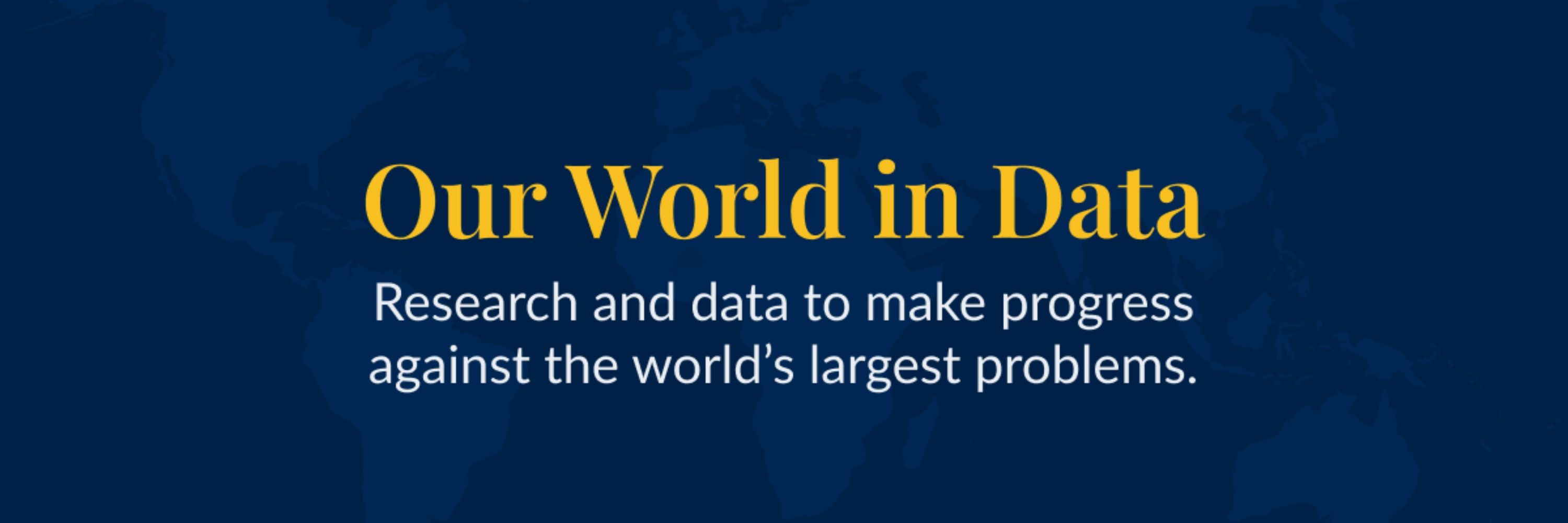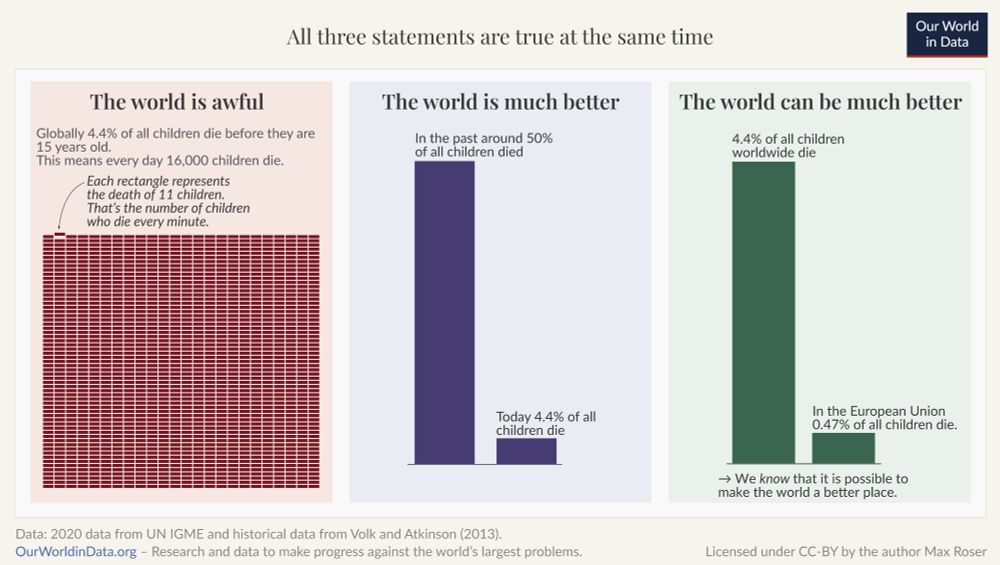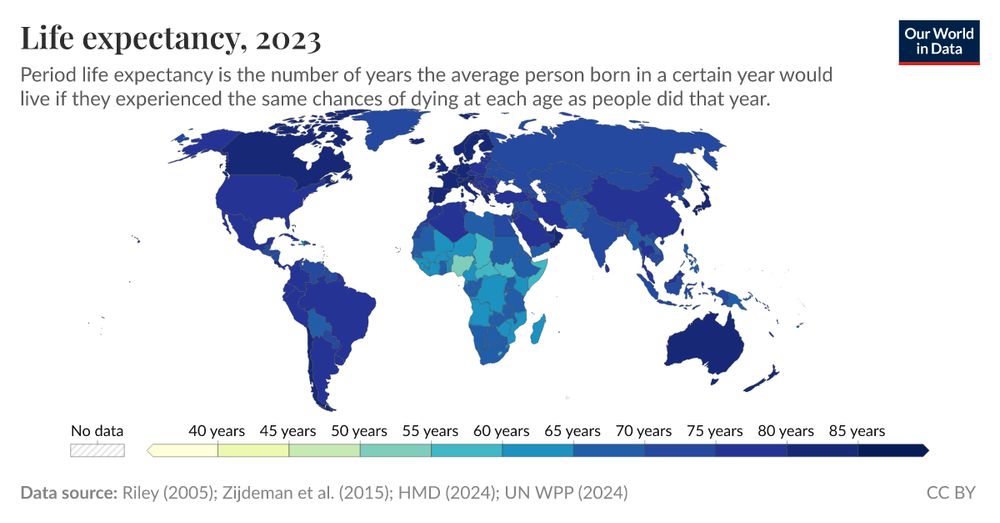Our World in Data
@ourworldindata.org
44K followers
17 following
2K posts
Research and data to make progress against the world’s largest problems. Based out of Oxford University (@ox.ac.uk), founded by @maxroser.bsky.social.
Posts
Media
Videos
Starter Packs
Pinned












